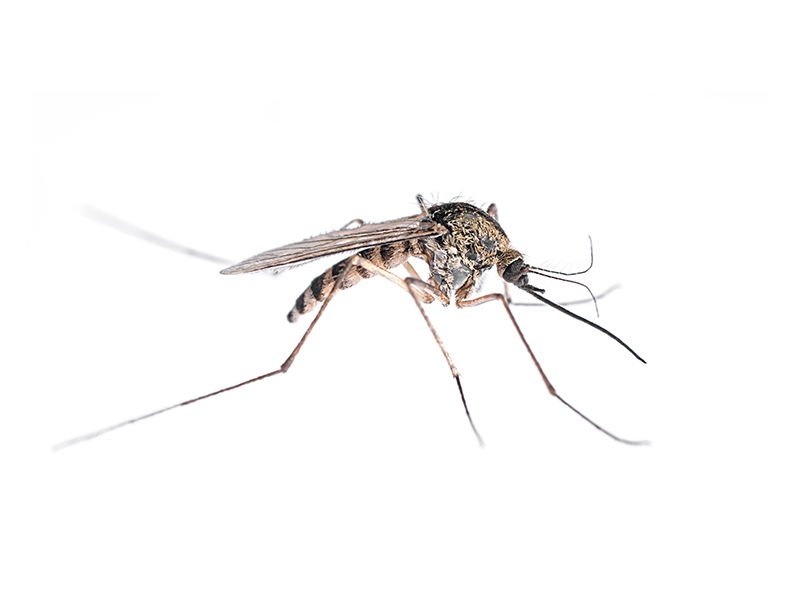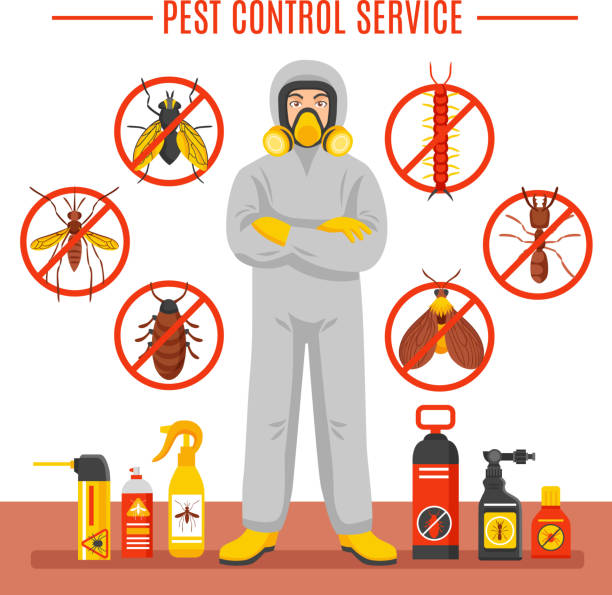Top-rated Pest Control to keep your home clean and pest-free.
Top-rated Pest Control to keep your home clean and pest-free.
Blog Article
Eco-Friendly Pest Control Approaches for Managing Wild Animals in Urban Locations
Urban areas typically locate themselves at the intersection of human activity and wild animals, resulting in distinct challenges in bug management. Environmentally friendly strategies highlight lasting coexistence, employing strategies such as habitat alteration and natural repellents to mitigate human-wildlife disputes. These strategies not just shield the setting however additionally enhance area involvement in wildlife management. As metropolitan populations continue to expand, recognizing the characteristics of wildlife interactions becomes significantly important. What innovative approaches can be carried out to guarantee both environmental balance and urban security? Exploring this concern discloses a compelling landscape of possible remedies.
Recognizing Urban Wildlife Characteristics
Comprehending Urban Wildlife Dynamics is important for developing effective and environment-friendly bug control techniques. Urban areas are increasingly coming to be environments for different wildlife varieties, driven by variables such as environment fragmentation, food accessibility, and human infringement. Acknowledging these dynamics enables a nuanced approach to pest monitoring that straightens with eco-friendly principles.
Urban wildlife usually consists of varieties such as raccoons, squirrels, and birds, which adjust to city environments, discovering specific niches in environment-friendly rooms, parks, and even suburbs. Their existence can result in disputes with people, specifically when they make use of personnels for food and sanctuary. Comprehending the behaviors and ecological roles of these types notifies methods that decrease unfavorable communications while promoting biodiversity.
In addition, recognizing the interdependencies within urban ecosystems aids in recognizing crucial locations for environment preservation and remediation. This knowledge adds to the development of integrated pest monitoring (IPM) techniques that take into consideration the eco-friendly equilibrium, thus minimizing dependence on harmful chemicals. By promoting coexistence in between human beings and city wild animals, cities can create healthier settings that profit both locals and neighborhood environments, leading the way for lasting urban living.
Natural Repellents and Deterrents
Natural repellents and deterrents supply a sustainable choice to conventional parasite control approaches by utilizing the power of nature to maintain undesirable varieties at bay. These green services generally make use of plant-based components, necessary oils, and various other naturally taking place substances that hinder pests without damaging the setting.
One effective all-natural repellent is peppermint oil, which is known to push back rats and pests. Its strong aroma is unpleasant to several pests, making it a preferred option for city settings. Vinegar and citrus peels can offer as deterrents, as their strong smells are typically unappealing to numerous wildlife.
Furthermore, diatomaceous planet is an all-natural powder that can be spread out in areas susceptible to parasite activity, effectively dehydrating and deterring insects without positioning dangers to non-target varieties. Furthermore, garlic sprays and neem oil are recognized for their ability to drive away a broad variety of bugs, consisting of both insects and bigger wildlife.
Applying these all-natural repellents not only lowers reliance on chemical pesticides however also promotes a much healthier urban ecosystem, promoting an extra balanced coexistence between people and wildlife. By making use of these approaches, metropolitan locations can efficiently handle parasite populaces while reducing ecological influence.
Habitat Adjustment Techniques
Efficient environment adjustment techniques play a vital function in sustainable insect management by modifying the setting to make it less helpful to pest infestations. By recognizing the environmental characteristics of urban areas, homeowner can apply strategic alterations that deter pests while promoting biodiversity.
(Commercial pest control Port Charlotte)One main strategy entails keeping proper hygiene. This includes normal waste removal, securing trash can, and eliminating standing water to lower reproducing sites for pests and rodents. Additionally, landscape design techniques such as choosing indigenous plants can enhance ecological equilibrium, supplying habitats for useful microorganisms while reducing sources for bugs.
Another vital strategy is to seal access factors in buildings. Evaluating and repairing splits in foundations, walls, and home windows can dramatically minimize insect access. Additionally, creating physical obstacles, such as fencings or plant buffers, can hinder wildlife activity into human-inhabited locations.
Integrated Insect Monitoring Practices
Building upon habitat alteration techniques, incorporated pest monitoring (IPM) methods offer a holistic strategy to controlling pest populaces while decreasing ecological effect. IPM incorporates various strategies, including biological, social, mechanical, and chemical controls, to achieve efficient parasite management.
Biological control includes the introduction of all-natural killers or bloodsuckers to decrease bug populaces. Cultural methods, such as plant turning and hygiene, disrupt pest life cycles and decrease their environments - Pest control service. Mechanical controls, like catches and obstacles, provide immediate alleviation from pest pressures without chemical intervention
Chemical controls are made use of as a last hotel, concentrating on targeted applications that limit damage to non-target types and the setting. The selection of eco pleasant chemicals, when essential, is integral to the IPM structure. In addition, monitoring parasite populaces and analyzing prospective damage helps inform decision-making, guaranteeing that interventions are timely and effective.
Neighborhood Involvement and Education And Learning

(Exclusion Pest Control)Workshops and informational sessions can outfit residents with knowledge concerning native species, environment conservation, and effective safe bug administration techniques. Cooperation with colleges, regional organizations, and government firms additionally enhances educational outreach, making certain that essential details gets to varied audiences.
Additionally, community-led campaigns, such as area clean-up days and environment repair projects, not only promote biodiversity but additionally reinforce neighborhood connections. Pest control service. By encouraging citizens to share their experiences and monitorings, neighborhoods can establish targeted strategies that resolve details local bug problems
Integrating comments from homeowners right into pest administration prepares makes it possible for an extra responsive and adaptive strategy to wildlife obstacles. Inevitably, informed and involved communities are key to achieving lasting success in eco-friendly pest control, causing healthier metropolitan atmospheres that value both human and environmental requirements.

Final Thought
In final thought, green parasite control approaches offer sustainable solutions for managing urban wildlife. By focusing on habitat adjustment, making use of all-natural repellents, and implementing incorporated pest monitoring methods, areas can cultivate an unified conjunction with neighborhood animals. Furthermore, involving residents via education and learning boosts understanding and motivates responsible wildlife communications. Ultimately, these Bed Bug Exterminator techniques not just protect biodiversity but additionally advertise environmental wellness, guaranteeing city areas remain vivid ecological communities where people and wildlife thrive with each other.
Report this page